HMS Gipsy was a G-class destroyer built for the Royal Navy during the 1930s. She spent most of the pre-war period as part of the Mediterranean Fleet. The ship was transferred to the British Isles to escort shipping in local waters shortly after the beginning of World War II. Less than a month after her arrival she struck a mine outside Harwich and sank with the loss of 30 of her crew. Her wreck was salvaged and slowly scrapped over the course of the war.
Monday 20th November 1939

Around midday, a Heinkel 111 was seen carrying out photo-reconnaissance in the Thames estuary, flying high towards Southend. The aircraft was chased and engaged by Spitfires from RAF Hornchurch, lost height and eventually ditched off Orfordness.
Admiral Raeder, Commander in Chief, Kriegsmarine (German Navy), had wanted Goering to supply bombers to drop magnetic mines in the Thames. This request had been denied so Raeder had to use obsolete Heinkel He 59B seaplanes, veterans of the Spanish Civil War (1936-1939). Each aircraft could carry one LMA I-Type magnetic mine, weighing half a ton. These were later designated Type GA or Type A by the British. On the evening of 20th November, some of these HE 59’s dropped mines in the Thames estuary.
At 19:30, a German aircraft was spotted low over Harwich, reported by a departing destroyer as a ‘flying boat’. However, the aircraft was not reported by either Beacon Hill or Landguard, although they did report hearing about it later.
Tuesday 21st November 1939
Due to the expectation of attacks in the Harwich and Felixstowe area, the coast artillery and 248 Anti-Aircraft Artillery Battery agreed to go on day and night alert.
At 12:53, the Port War Signal Station (PWSS) at Landguard Fort heard a loud boom and spotted a large ship keeling over some nine miles south-east. This was the Japanese passenger liner Terukuni Maru which had hit a mine laid three days earlier by German destroyers.
At 14:30, low flying British aircraft passed over the area unexpectedly. Fortunately, the gun crews held fire as they recognised the aircraft as being Hurricanes and Blenheims. It was several minutes later that the Gun Operations Room (GOR) at Landguard Fort received the notification of allied aircraft in the area.
At 16:20, an admiralty signal instructed Rear-Admiral Harris to send out four destroyers that evening to take part in ‘Operation GT1’ the following morning.
Two Polish destroyers, Grom and Burza were already in port. At 17:00, HMS Keith returned to harbour followed at 18:30 by Gipsy and Griffin. Gipsy had picked up the crew from the Heinkel 111 brought down by the 74 squadron Spitfire from Hornchurch. By 1920, HMS Boadicea was also refueling nearby.
At 19:30 two seaplanes were seen and heard coming in low from Dovercourt, spotted from Landguard PWSS and Fire Commanders Post, They were also seen from the Examination Drifter Darcy Cooper, a mile out to sea.
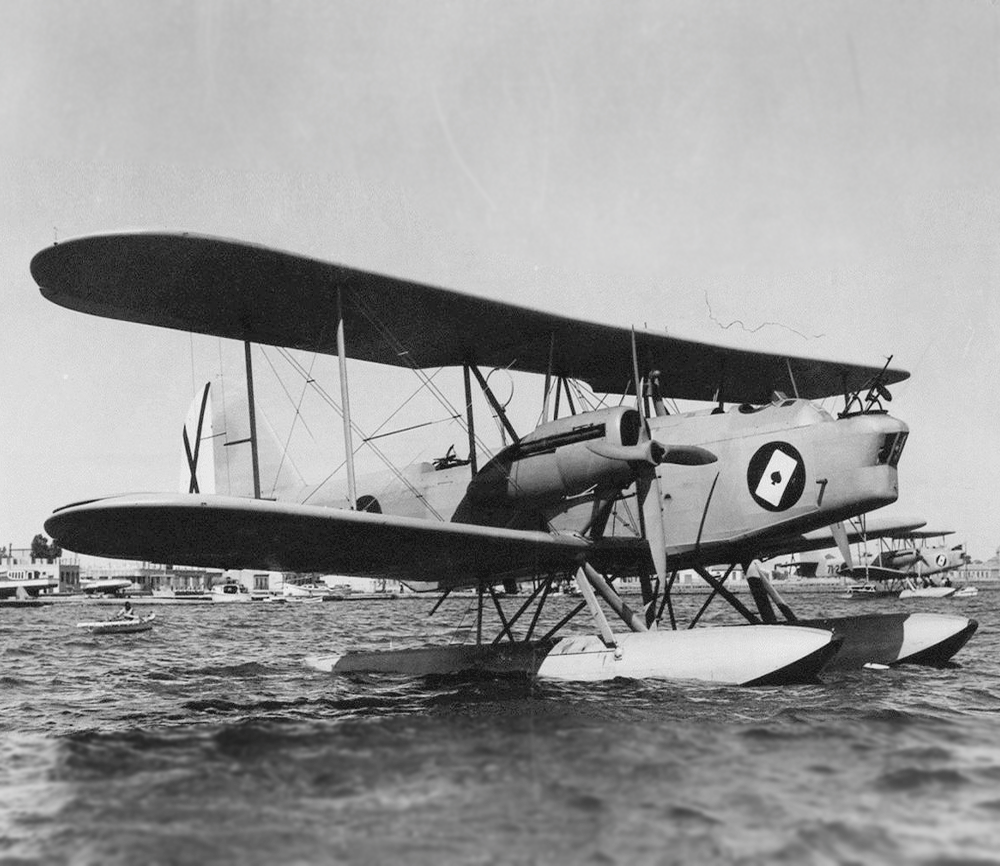
Tuesday 21st November 1939 19:30hrs
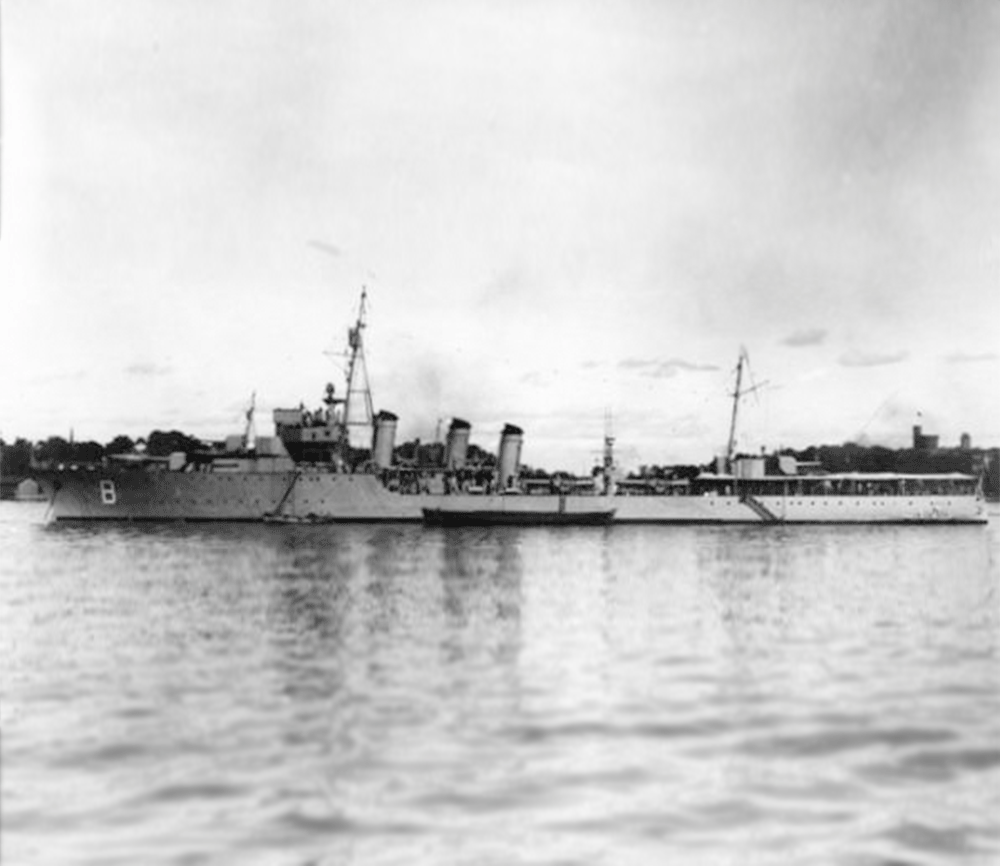
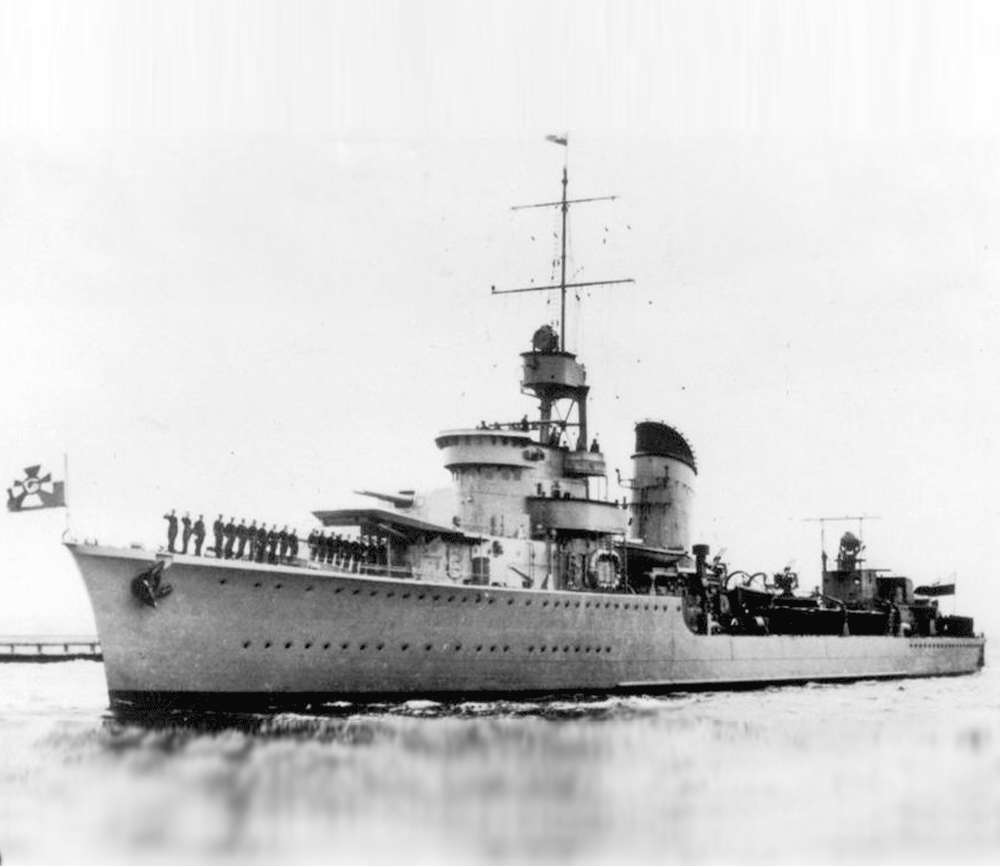
As no allied aircraft were reported in the area, the searchlights were used to help identify the aircraft. It was agreed that the two planes were only at a height of 150 feet and passed right by. Having split up, they banked left over the Harwich boom before turning south towards the open sea. Both aircraft were seen to drop at least one object each in the harbour mouth.
Bearings were taken of the objects from several locations, although it couldn’t be agreed how many objects had actually landed. The searchlights were turned off as they feared the aircraft may return and fire on the area. The air raid sirens had not been sounded, there were no barrage balloons and low level radar had not been installed this early in the war. It has always been a mystery as to why the anti-aircraft guns had not opened fire, despite being placed on high alert that day.
The aircraft were too low for the heavy anti-aircraft guns at Dovercourt and Trimley. They were also out of range of the guns at Parkeston and the Landguard Common battery was temporarily without guns.
The anti-aircraft guns at Beacon Hill and Landguard were all in range and on alert, but failed to engage. It was stated in the war diary that the aircraft had ‘not definitely been identified as hostile….’ Both naval and coastal artillery accounts indicate that German aircraft were seen dropping mines in the estuary, but these were not written until two or three weeks after the incident.
This was the first air raid on England during WWII.
Tuesday 21st November 1939 19:45hrs
As it was dark, a thorough search would not be possible. A launch was sent out from RAF Felixstowe, guided by a searchlight. Twenty gunners were instructed to search the beach and shallow waters from the fort to Landguard Point but nothing was seen.
At 20:20 a signal was sent to each ship by Aldis (Morse) lamp from a mast at Shotley, it gave departure time as 20:50.
“Proceed in execution of previous orders. When passing the entrance keep as far to the starboard (right) side of the channel as possible, leaving Cliff Foot buoy close on port repeat port hand.”
It was considered safer to pass the wrong side of the marker buoys to avoid the possibility of suspected mines.
At 20:46, Griffin cast off and a message was sent to the other destroyers to follow suit. Although the ships had been instructed to follow an unusual line when leaving the harbour, only Captain Creasy on the Griffin actually knew about the suspected mines.
Burza left first, followed by Griffin, Gipsy, Keith, Boadicea and Grom and by 21:00 she was rounding Harwich before turning south passed Felixstowe docks. Both Burza and Griffin followed the order to pass outside the starboard marker buoys. Gipsy followed in the wake of Griffin but was being pulled to the port by the outgoing tide.
At 21:23, Gipsy struck one of the two mines, lifted from the water and broke in half. The mine had been 250 yards further west than estimated by Landguard.
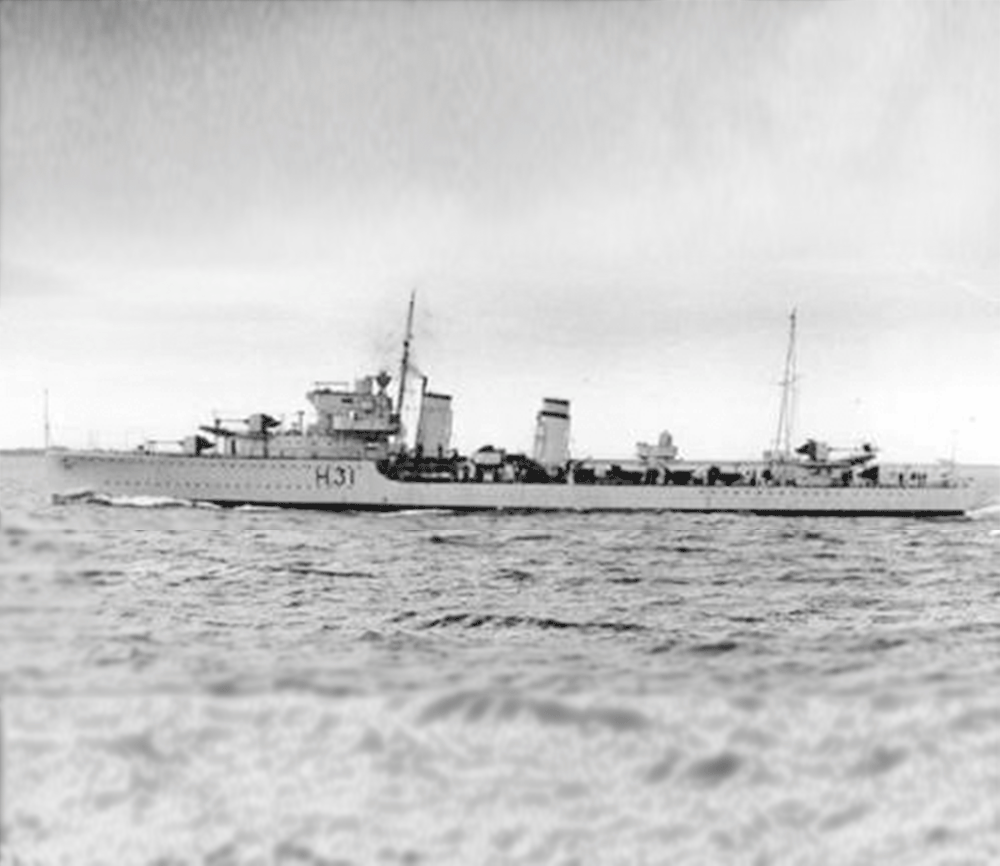
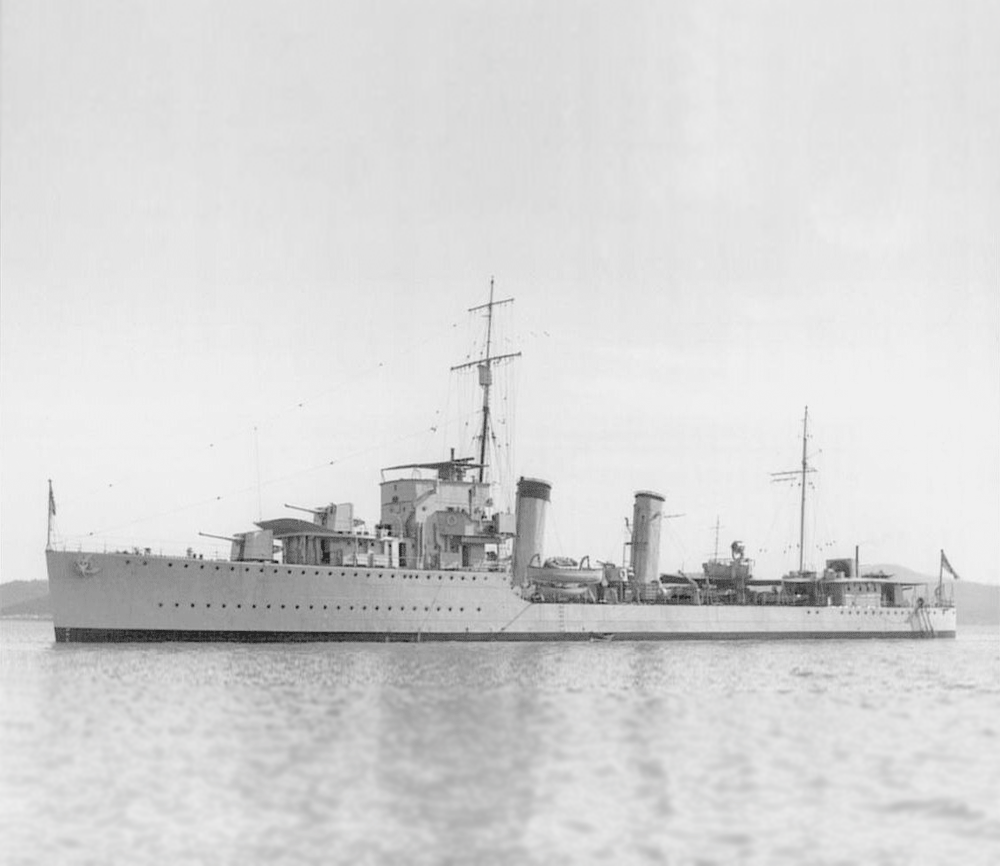
Tuesday 21st November 1939 21:23hrs
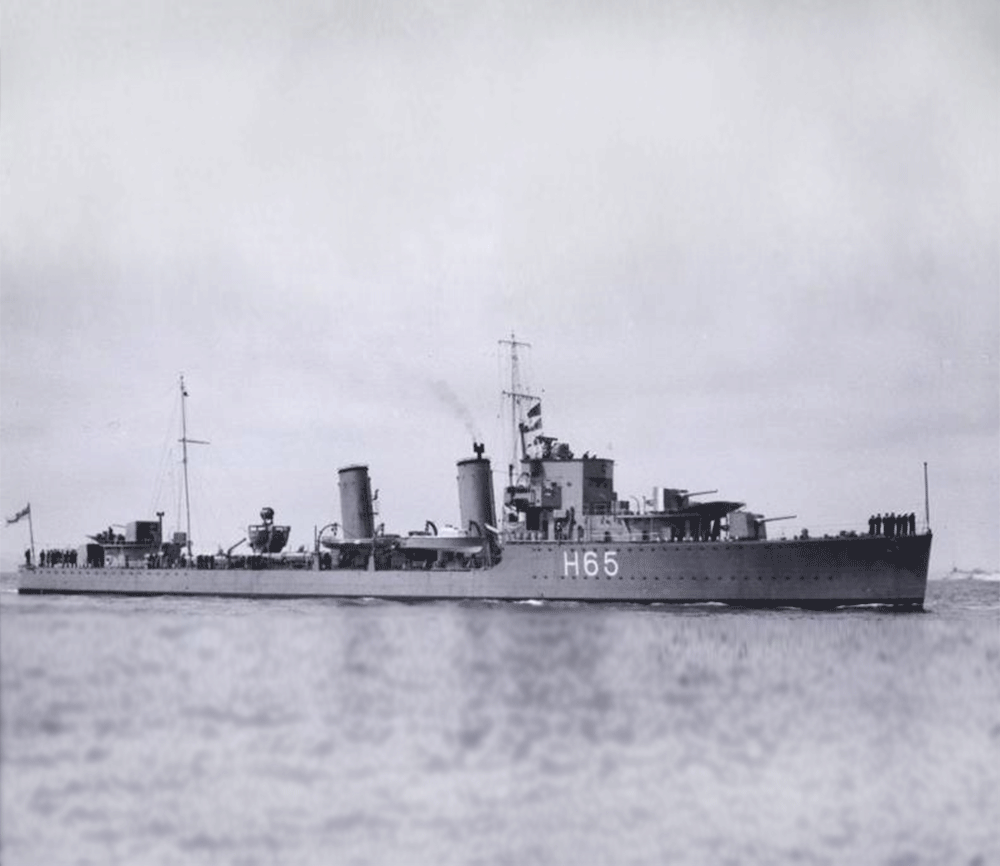
Despite extensive damage, the ship drifted a further 200 yards towards the sea, before running aground in the shallow water on the port side of the channel. She had broken in half amidships, between the two funnels.
The five other vessels in the group all stopped, launched boats and began rescuing survivors. Hundreds of civilians and servicemen lined Harwich Green and Dovercourt seafront, alerted by the explosion. By the next morning, the death toll had been put at forty plus, but finally was recorded as 31, from a crew of 140 on board at the time of the incident.
The fate of HMS Gipsy has been the subject of many discussions during the time since that fateful evening. Many individuals have been blamed, although perhaps some deserve more blame than others, but it was a chain of events that led to the loss.
It should be noted that six ships actually left that evening. Four had been instructed at 16:20 that day to take part in ‘Operation GT1’ the following morning. However, two ships had already been scheduled to leave to patrol the Outer Thames Estuary.
In 2006, the author J P Foynes wrote a book entitled “Whose fault was the loss of HMS Gipsy?: An inquest into the sinking of the Harwich Destroyer in 1939” (ISBN 0 9521555 59). In it, he studies the source material produced at the time and discusses the event as it unfolded.
The whole incident lasted less than 3 hours.
In Memorium
The Crew of HMS Gipsy, 21st November 1939
| Callan GC | Able Seaman (Manchester) |
| Carter H | Able Seaman (Hull) |
| Convin LG | Able Seaman (Wallesey) |
| Cook J | Stoker (Liverpool) |
| Crossley NJ | Lt-Cdr, Captain (Sussex) 27.11.39 |
| Dalton D | Able Seaman (Devonport) |
| Davison CF | Able Seaman (Newcastle) |
| Douce S | Petty Officer Acting Stoker (Nuneaton) |
| Edwards AW | Stoker |
| Everatt HC | Able Seaman (Plymouth) |
| Grech C | Ordinary Seaman (Malta) |
| Green F | Chief Engine Room Artificer (Portsmouth) |
| Haskell JE | Engine Room Artificer (Surrey) |
| Holden W | Stoker (Manchester) |
| Horn DE | Able Seaman (Glamorgan) |
| Jones RW | Able Seaman (Southmead, Gloucs.) |
| Lavis S | Able Seaman (Devon) |
| May WC | Stoker (Bude, Cornwall) |
| Mure SW | Petty Officer Stoker (St Budeaux) |
| Nicol LL | Able Seaman (Carlisle) |
| Offiler WJ | Ordinary Seaman (Filton, Gloucs.) |
| Renshaw D | Stoker (Salford) |
| Shackell HJ | Petty Officer (Somerset) |
| Smart GL | Ordinary Seaman (Bristol) |
| Smith AH | Petty Officer (Farnham, Surrey) |
| Smith TH | Stoker (Cornwall) |
| Townson J | Leading Stoker (Liverpool) |
| Tutten AH | Chief Stoker (Plymouth) |
| Uren WH | Stoker (Penzance) |
| Vassallo J | Leading Stoker (Malta) |
| Wood DS | Ordinary Seaman (Yorkshire) |
